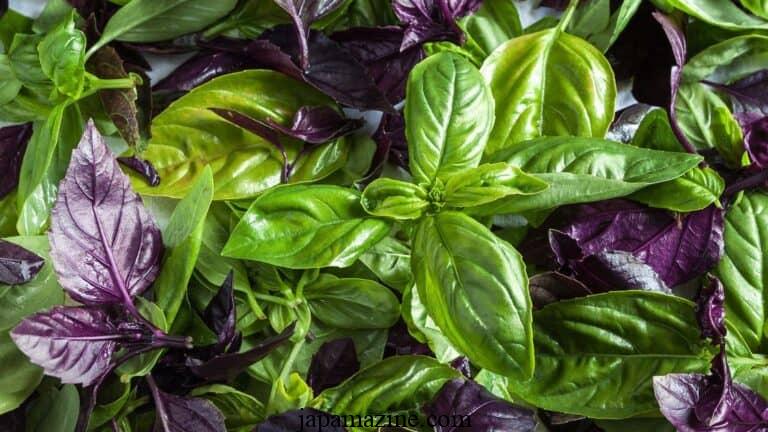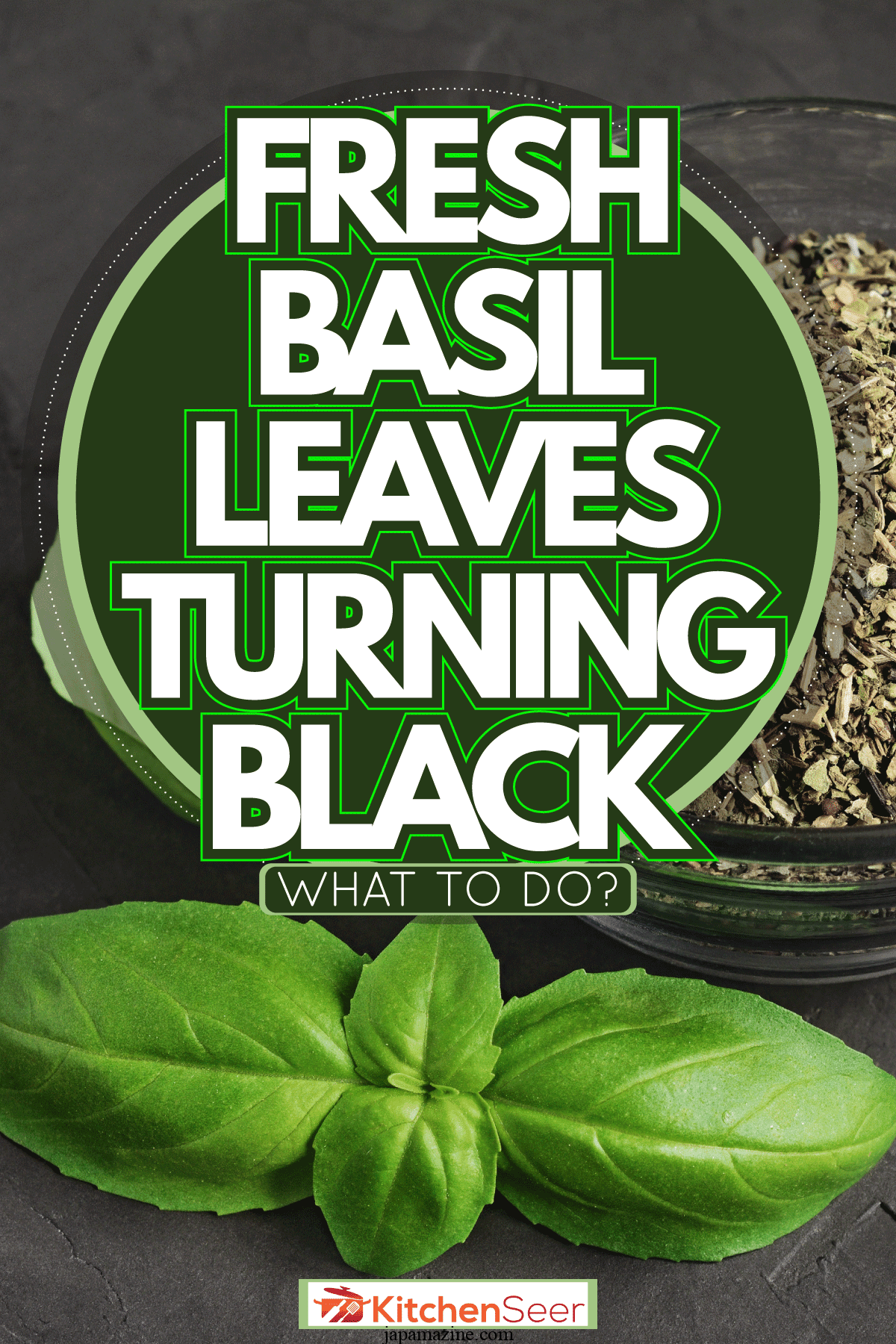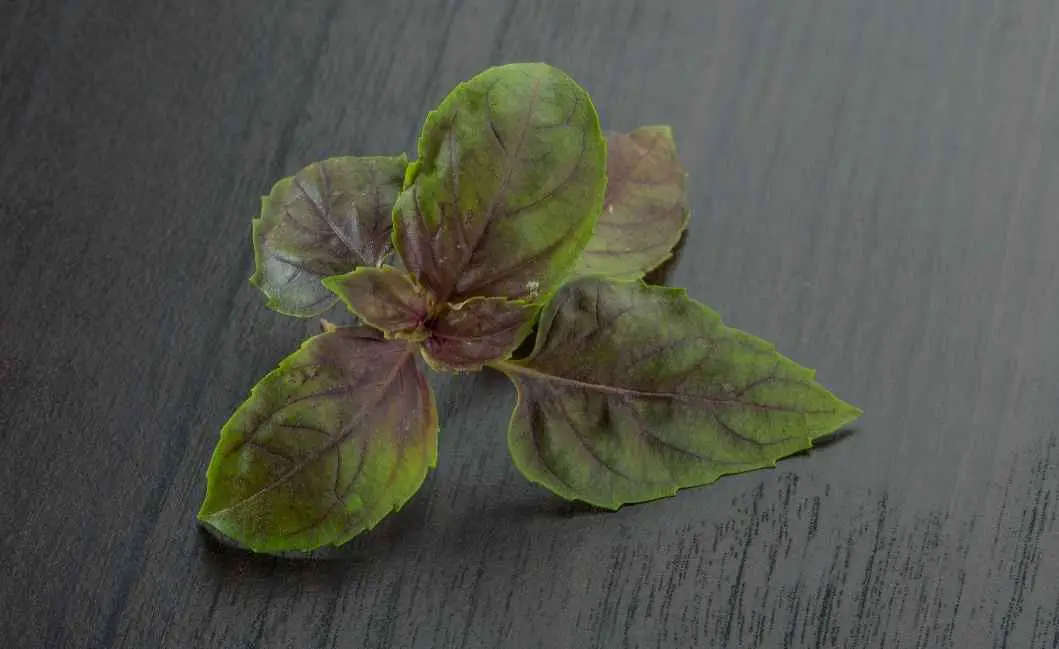
Basil leaves turning black or brown? 9 causes and solutions
Basil Leaves Turning Black or Brown? 9 Causes and Solutions Basil is a beloved herb in the culinary world, cherished for its vibrant green leaves and distinctive aroma. However, if you’ve noticed your basil leaves turning black or brown, it can be a cause for concern. In this comprehensive guide, we’ll explore the various factors […]
Basil Leaves Turning Black or Brown? 9 Causes and Solutions
Basil is a beloved herb in the culinary world, cherished for its vibrant green leaves and distinctive aroma. However, if you’ve noticed your basil leaves turning black or brown, it can be a cause for concern. In this comprehensive guide, we’ll explore the various factors that could lead to the discoloration of your basil leaves and provide you with practical solutions to keep your basil plants healthy and thriving.
1. Overwatering

Overwatering is a common culprit when it comes to basil leaves turning black or brown. Basil plants prefer well-drained soil, and excessive watering can lead to root rot, which in turn affects the leaves. Ensure that you water your basil plant only when the top inch of soil is dry to the touch. Use a well-draining potting mix to prevent waterlogged roots.
2. Poor Drainage

Inadequate drainage in your plant’s container can also lead to water accumulation around the roots, causing basil leaves to discolor. To address this issue, make sure your pot or container has drainage holes at the bottom. Elevating the pot slightly on bricks or using a saucer to catch excess water can further improve drainage.
3. Fungal Infections

Fungal infections can be a significant concern for basil plants, causing the leaves to turn black or brown. One common fungal disease affecting basil is downy mildew. Ensure good air circulation around your basil plants, avoid overhead watering, and use a fungicidal spray if necessary to combat fungal issues.
4. Pests and Insects

Various pests, such as aphids, whiteflies, and spider mites, can infest basil plants and lead to leaf discoloration. Regularly inspect your basil for signs of pests and take appropriate measures to control them, such as using insecticidal soap or neem oil.
5. Nutrient Deficiencies

Basil requires certain nutrients to maintain its vibrant green color. A lack of essential nutrients, especially nitrogen, can cause the leaves to turn black or brown. Consider using a balanced fertilizer or organic compost to ensure your basil gets the necessary nutrients for healthy growth.
6. Harvesting Improperly
Harvesting basil leaves incorrectly can damage the plant and lead to discoloration. When harvesting basil, use clean and sharp scissors or pruning shears to snip the leaves just above a pair of healthy leaves. Avoid plucking leaves by hand, as this can injure the plant.
7. Extreme Temperatures
Basil is sensitive to extreme temperatures. Exposure to frost or extremely hot conditions can cause the leaves to wither and turn black or brown. Protect your basil by bringing it indoors during cold weather and providing shade during scorching heat.
8. Stress
Basil plants can become stressed due to factors like overcrowding, competition for nutrients, or physical damage. Stress can lead to leaf discoloration. To prevent stress, ensure adequate spacing between basil plants and be gentle when handling them.
9. Disease Resistance
Some basil varieties are more resistant to diseases and environmental stressors than others. Choosing disease-resistant basil cultivars can reduce the risk of leaf discoloration. Look for varieties like ‘Genovese’ or ‘Aroma 2’ that have good disease resistance.
In conclusion, basil leaves turning black or brown can be attributed to a range of factors, from overwatering and poor drainage to pests, diseases, and environmental stressors. By identifying the specific issue affecting your basil plant and implementing the appropriate solutions, you can enjoy healthy, green basil leaves in your garden or kitchen.
Frequently Asked Questions (FAQ)- Why are my basil leaves turning black or brown?
Basil leaves can turn black or brown due to overwatering, poor drainage, fungal infections, pests, nutrient deficiencies, improper harvesting, extreme temperatures, stress, or a lack of disease resistance in the basil variety.
- How can I prevent basil leaves from turning black or brown?
To prevent basil leaves from discoloring, ensure proper watering and drainage, address fungal infections and pest issues promptly, provide the necessary nutrients, harvest basil leaves correctly, protect the plant from extreme temperatures, minimize stress factors, and consider planting disease-resistant basil varieties.
- What should I do if my basil leaves have turned black or brown?
If your basil leaves have already turned black or brown, take immediate action by addressing the specific issue. Adjust your watering habits, improve drainage, treat fungal infections or pest infestations, provide proper nutrients, harvest with care, and protect the plant from extreme weather conditions. Additionally, consider replanting with disease-resistant basil varieties.
Basil leaves can turn black or brown due to overwatering, poor drainage, fungal infections, pests, nutrient deficiencies, improper harvesting, extreme temperatures, stress, or a lack of disease resistance in the basil variety.
To prevent basil leaves from discoloring, ensure proper watering and drainage, address fungal infections and pest issues promptly, provide the necessary nutrients, harvest basil leaves correctly, protect the plant from extreme temperatures, minimize stress factors, and consider planting disease-resistant basil varieties.
If your basil leaves have already turned black or brown, take immediate action by addressing the specific issue. Adjust your watering habits, improve drainage, treat fungal infections or pest infestations, provide proper nutrients, harvest with care, and protect the plant from extreme weather conditions. Additionally, consider replanting with disease-resistant basil varieties.
tag
- chicken feed
- how to Keep Chickens Off Your Porch
- How to grow oyster mushrooms at home
- Growing Kale in Pots







